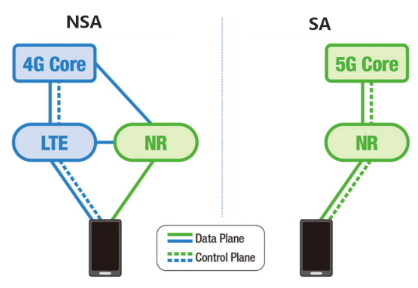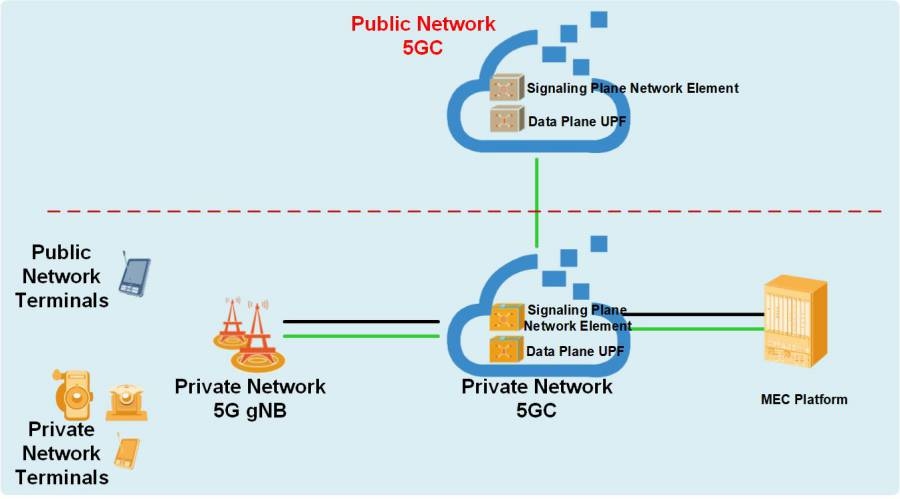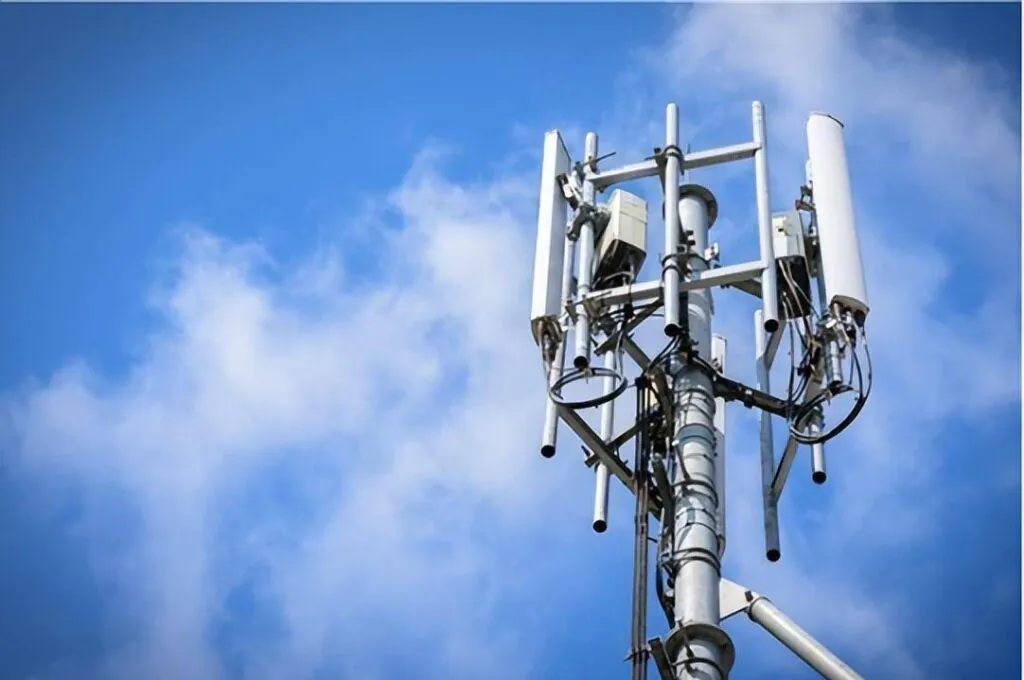Overview
Recently, China Mobile issued a procurement announcement for a device called the "lightweight integrated satellite base station." The total procurement budget is 48 million CNY (excluding tax) for 200 units. That sets the maximum bid price per unit at 240,000 CNY (excluding tax).
Satellite communication has attracted significant attention in recent years. A common question is: what exactly is a "lightweight integrated satellite base station," and how does it differ from a conventional base station? The following explains the concept, application scenarios, and technical requirements reflected in the tender.
What is a satellite base station
The "lightweight integrated satellite base station" is essentially still a base station, but with a key difference: its backhaul link to the core network is provided via satellite rather than traditional fiber, copper, or microwave links.
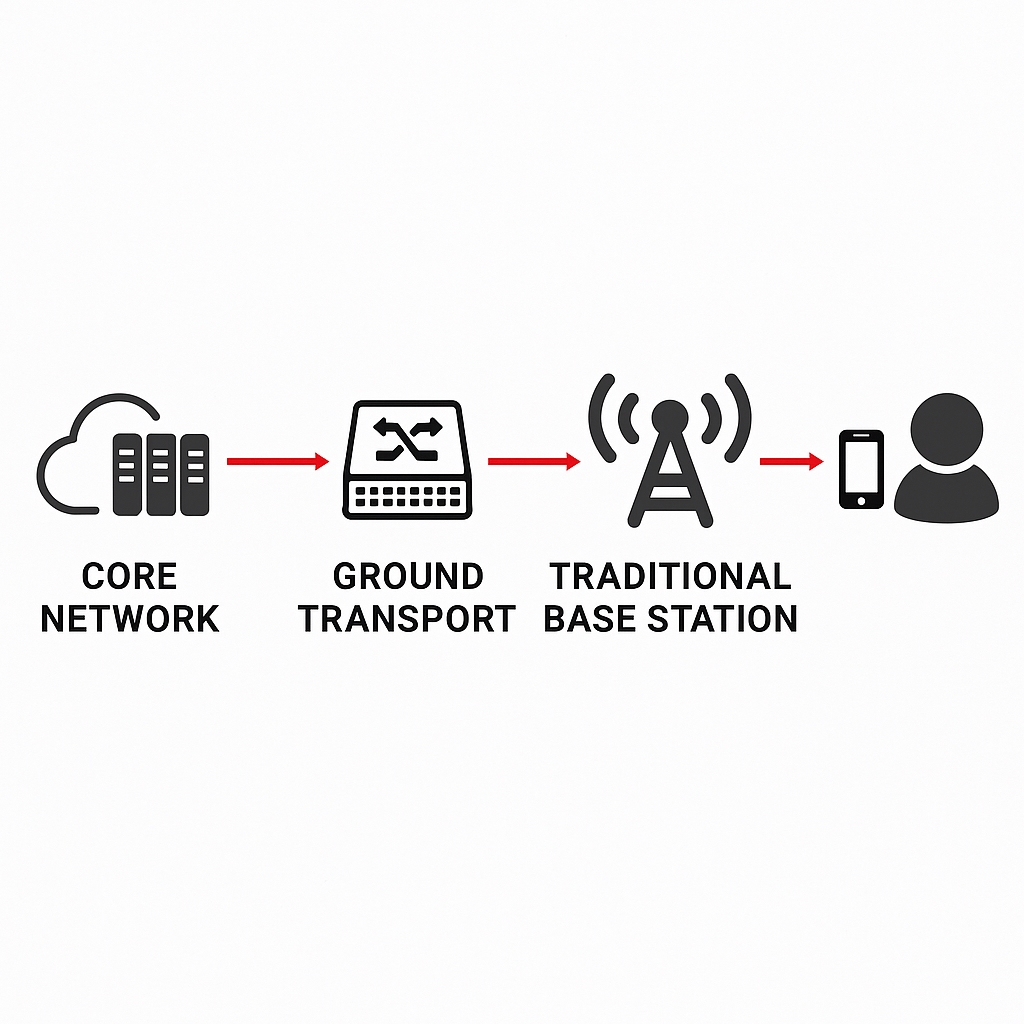
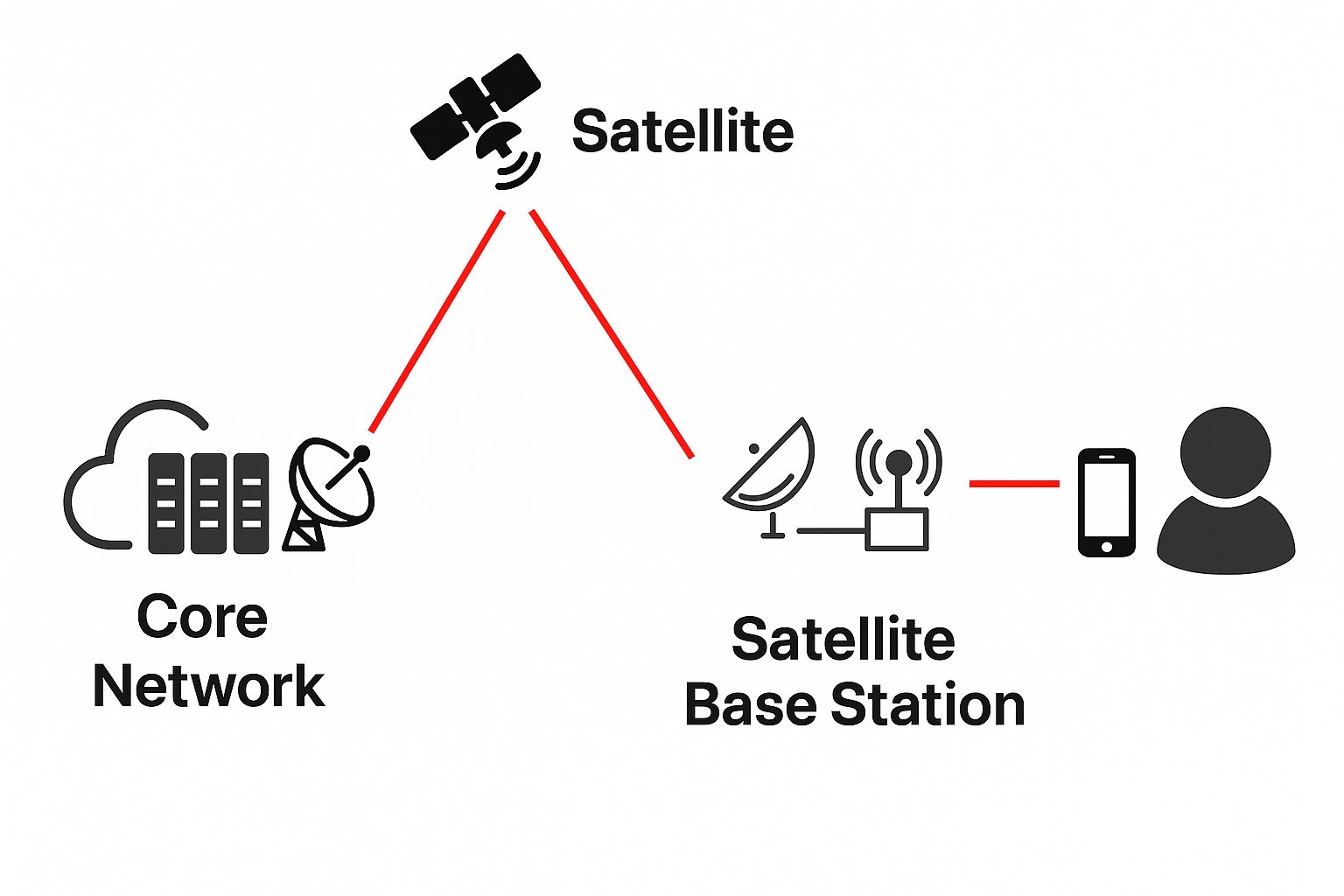
Functionally, a satellite base station combines two communication systems. On the network side, it communicates with a satellite that acts as a relay. On the user side, it serves many ordinary mobile phones and provides service to the public.
Application scenarios
Satellite base stations reduce dependence on terrestrial transport networks and are suited to locations where fiber cannot reach, or where terrestrial transport networks are damaged by geological disasters. The lightweight integrated units in this procurement are compact and light (around 10 kg), making them suitable for single-person carry or vehicle mounting and enabling rapid deployment.
Recently, China has experienced frequent geological disasters such as floods, landslides, and mudslides, which can damage traditional base stations. In such cases, satellite base stations provide an important emergency communication channel for rescue coordination and public distress reporting. Compared with portable satellite terminals, satellite base stations can serve more users directly with ordinary mobile phones.
Beyond emergency communications, operators in China have applied satellite base stations to offshore fisheries, resource exploration, and outdoor operations. In February, in Nantong, Jiangsu, China Mobile put into service Jiangsu's first satellite 5G portable base station. That station was installed on a fisheries enforcement vessel to support fisheries safety, maritime rescue, and related communications.
Technical analysis
The tender documents specify technical and operational requirements. First question: which satellite and which frequency bands are used? The tender states that products "must accept unified management and scheduling by China Mobile for the APSTAR-6D high-throughput satellite gateway equipment and network, and support bandwidth sharing and dynamic adjustment." It also requires a stamped confirmation from APSTAR Satellite Broadband Communications (Shenzhen) Co., Ltd. confirming antenna network access approval or permission-to-access documentation. This indicates use of the APSTAR-6D satellite. APSTAR-6D was launched in 2020 and is China’s first Ku-band global high-throughput commercial satellite. The required frequency bands are: uplink 14000 MHz to 14500 MHz; downlink 10700 MHz to 11700 MHz and 11700 MHz to 12750 MHz, all supported.
Second question: what are typical satellite link rates? Under clear-sky conditions the tender requires a satellite transmission rate between a single station and the gateway of at least 8 Mbps uplink and 24 Mbps downlink.
In the Nantong maritime case noted above, the station also connected to APSTAR-6D and achieved approximately 15 Mbps uplink and 72 Mbps downlink. The tender also requires portable satellite antennas to support automatic satellite acquisition based on the OPENAMIP protocol, where the antenna control system autonomously drives the antenna motors to align with the satellite. At an emergency site, the antenna can perform one-button automatic acquisition without manual intervention.
Third question: what user capacity and mobile bands are supported? The tender requires an integrated design that includes the satellite antenna, a femto base station, Wi-Fi, a high-throughput modem, a BUC (block upconverter/power amplifier), an LNB (low-noise downconverter), and battery. The system should provide base station service and Wi-Fi access via the high-throughput satellite. These units are femto base stations, with an appearance similar to a small router and transmit power on the order of 250 mW. The required mobile band is FDD-LTE Band 3 (downlink 1805–1880 MHz, uplink 1710–1785 MHz, dual-antenna). This is therefore a 4G base station rather than 5G, and the bandwidth requirements are modest. The product must support 3GPP Release 9 and at least 32 concurrent traffic users and 96 RRC-connected users.
Conclusion
The primary purpose of procuring these lightweight integrated satellite base stations is emergency communications. In disaster scenarios, they can help rapidly restore network connectivity on site and improve rescue efficiency. Procuring 200 units should be sufficient for routine emergency communication needs. The commercial role of satellite communications is expanding, and further developments are expected, including launching higher-bandwidth high-throughput satellites and advancing satellite internet experiments. Satellite communications remain an important component of integrated aerospace strategy and will continue to evolve.
 ALLPCB
ALLPCB


